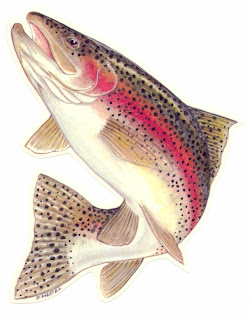Northerner
Admin (Retired)
- Relationship to Diabetes
- Type 1
Cavefish that live in dark caves with only sporadic access to food show symptoms similar to diabetes, but don't appear to experience any health problems. New findings presented at The Allied Genetics Conference (TAGC) 2016, a meeting hosted by the Genetics Society of America, reveal the genetic basis of how cavefish have adapted to their extreme environment, information that might one day lead to new kinds of treatments for diabetes and other diseases.
"We found that cavefish have very high body fat levels, are very starvation resistant and have symptoms reminiscent of human diseases such as diabetes and nonalcoholic fatty liver disease," said lead author Nicolas Rohner, Ph.D., of the Stowers Institute for Medical Research. "However, the fish remain healthy and don't have any obvious health problems like we see in humans. Untangling the molecular mechanisms or genetics responsible for these adaptations could potentially lead to new insights into human diseases."
https://www.sciencedaily.com/releases/2016/07/160713101215.htm
"We found that cavefish have very high body fat levels, are very starvation resistant and have symptoms reminiscent of human diseases such as diabetes and nonalcoholic fatty liver disease," said lead author Nicolas Rohner, Ph.D., of the Stowers Institute for Medical Research. "However, the fish remain healthy and don't have any obvious health problems like we see in humans. Untangling the molecular mechanisms or genetics responsible for these adaptations could potentially lead to new insights into human diseases."
https://www.sciencedaily.com/releases/2016/07/160713101215.htm

